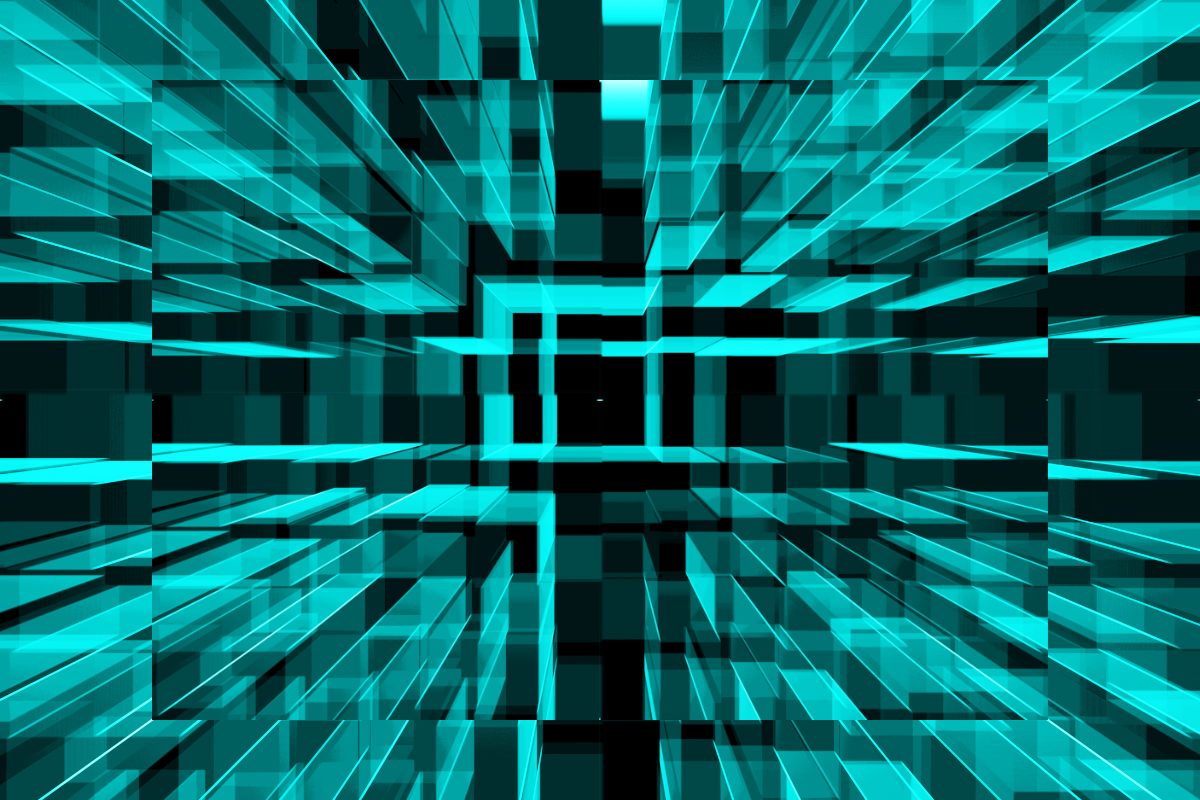Three-dimensional space:
Three-dimensional space is a fundamental concept that pervades various fields of science, engineering, art, and everyday life. At its core, it refers to a geometric setting in which three values (often labeled as x, y, and z) are used to determine the positions of points. This concept is pivotal not only in mathematics and physics but also in our understanding of the universe, architecture, virtual reality, and numerous technological advancements.
Understanding the Basics:
Three-dimensional space can be visualized as the space we live in. Unlike two-dimensional space, which involves only length and width, three-dimensional space incorporates depth. This additional dimension allows for a richer and more complex representation of objects and their relationships.
The Cartesian coordinate system is one of the most common ways to describe three-dimensional space. In this system, any point in space can be represented by three coordinates (x, y, z), where each coordinate corresponds to a perpendicular axis. The intersection of these three axes (often referred to as the origin) is the point (0,0,0).
Mathematical Framework:
From a mathematical standpoint, three-dimensional space is often studied within the field of linear algebra and vector calculus. Vectors play a crucial role in this context. A vector in three-dimensional space can be thought of as an arrow pointing from the origin to a point (x, y, z). These vectors can be added together, scaled, and used to define lines and planes.
One significant concept in three-dimensional space is the dot product and cross product of vectors. The dot product provides a measure of the angle between two vectors, while the cross product results in a vector that is perpendicular to both original vectors. These operations are fundamental in physics, especially in mechanics and electromagnetism.
Applications in Physics:
In physics, three-dimensional space is essential for describing the physical world. Classical mechanics, for instance, deals with objects moving through three-dimensional space. Newton’s laws of motion are framed within this context, requiring three coordinates to describe the position and movement of any object.
Einstein’s theory of general relativity further expands our understanding by considering three-dimensional space as part of a four-dimensional spacetime continuum. Here, the three spatial dimensions are intertwined with time, leading to profound implications for our understanding of gravity and the universe.
Technological and Practical Implications:
The concept of three-dimensional space extends beyond theoretical physics into practical applications. In computer graphics and virtual reality, creating realistic simulations requires a thorough understanding of three-dimensional geometry. Software like CAD (Computer-Aided Design) relies heavily on this knowledge to create detailed models of everything from machinery to entire buildings.
In the field of medicine, three-dimensional space is crucial for imaging techniques like MRI and CT scans. These technologies provide detailed internal views of the body, aiding in diagnosis and treatment planning. Surgeons also utilize three-dimensional models for preoperative planning and guidance during complex procedures.
Artistic and Cultural Significance:
Three-dimensional space also holds significant value in art and architecture. Artists and architects have long explored the challenges and opportunities of representing three dimensions on two-dimensional surfaces, such as canvases or blueprints. Techniques like perspective drawing create the illusion of depth, making a flat image appear three-dimensional.
In sculpture, artists work directly within three-dimensional space, creating works that occupy and interact with their physical surroundings. Architecture, by necessity, is a practice deeply rooted in three-dimensional space, as it involves designing structures that exist and function in the physical world.
The Future of Three-Dimensional Space:
The exploration and utilization of three-dimensional space continue to evolve with technological advancements. 3D printing, for example, is revolutionizing manufacturing by allowing the creation of complex, three-dimensional objects directly from digital models. This technology has applications in industries ranging from aerospace to healthcare, where custom prosthetics and implants can be precisely fabricated.
In the realm of virtual and augmented reality, three-dimensional space is the foundation for immersive experiences. These technologies are not only transforming entertainment but also education, training, and remote collaboration. By simulating real-world environments, VR and AR offer new ways to interact with and understand three-dimensional space.
Conclusion:
Three-dimensional space is a fundamental aspect of our reality and a crucial concept across various disciplines. Whether in theoretical physics, practical engineering, artistic endeavors, or cutting-edge technology, the understanding and manipulation of three-dimensional space enable us to interpret, navigate, and shape the world around us. As we continue to explore its depths, we uncover new possibilities that push the boundaries of what we can achieve, reflecting the limitless potential contained within this essential dimension of existence.

